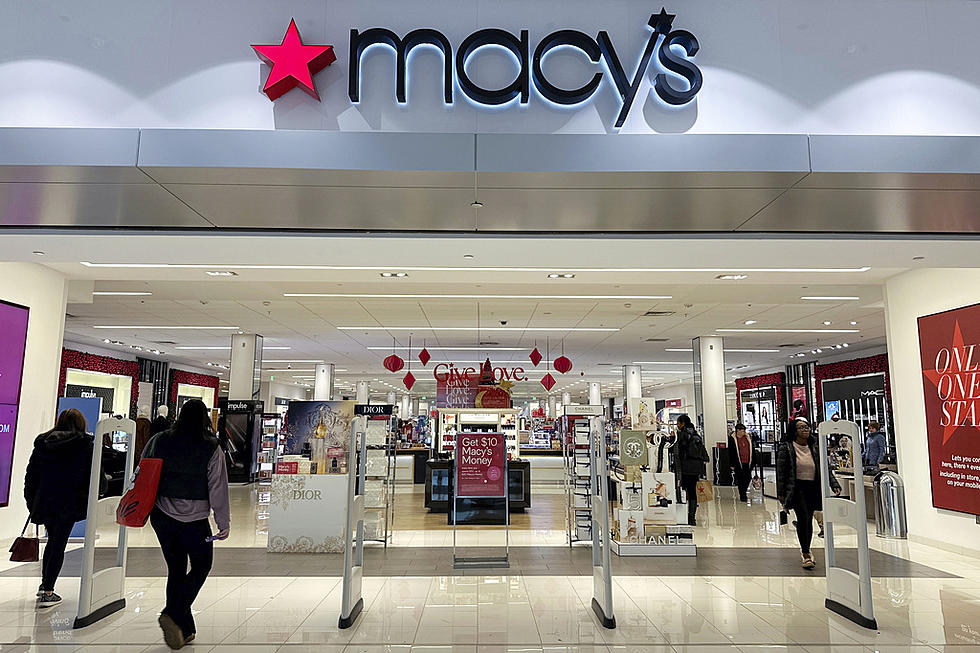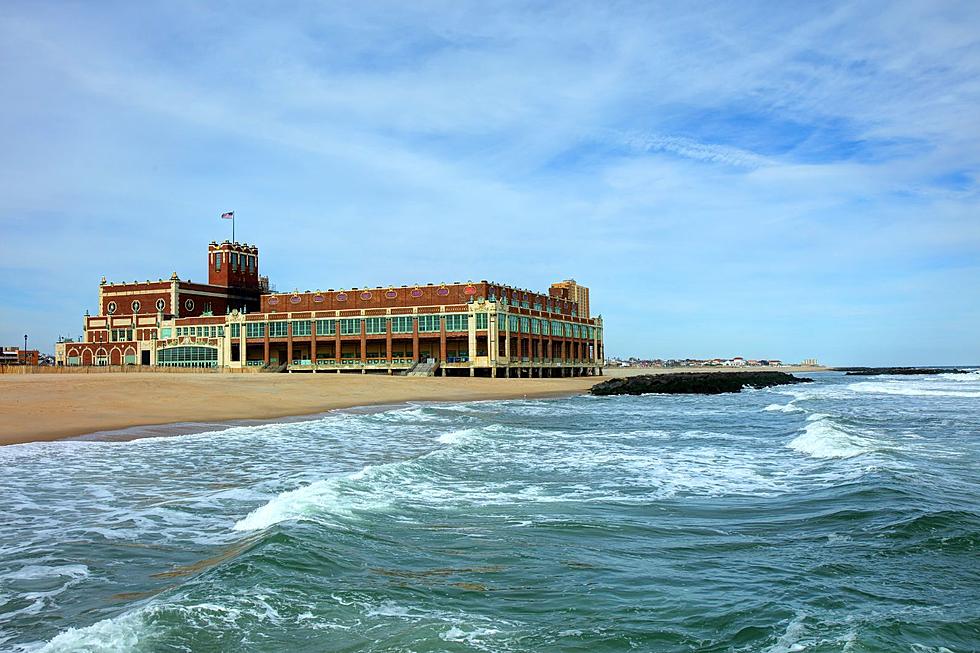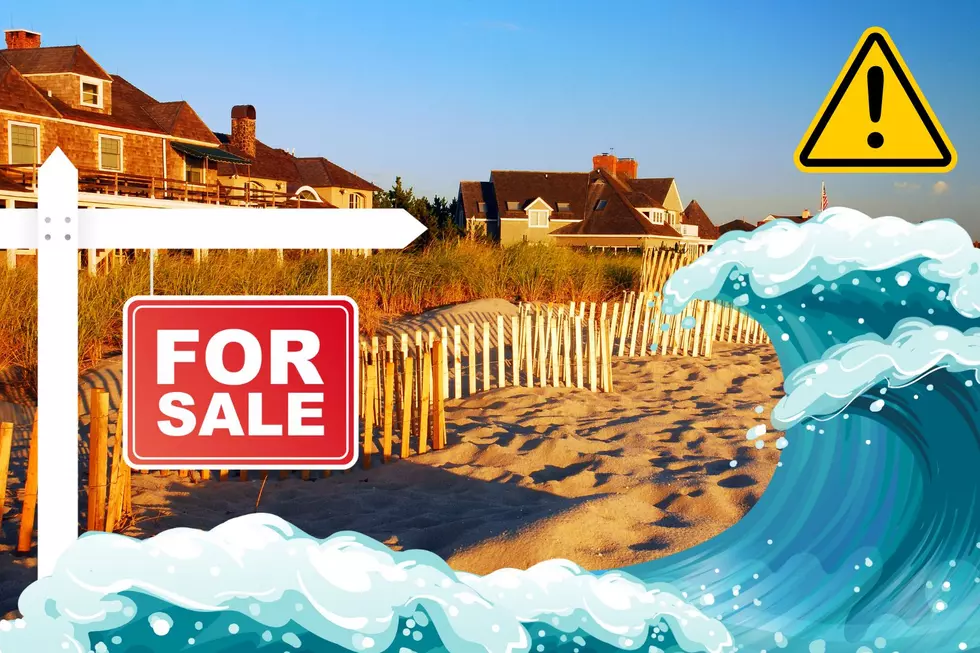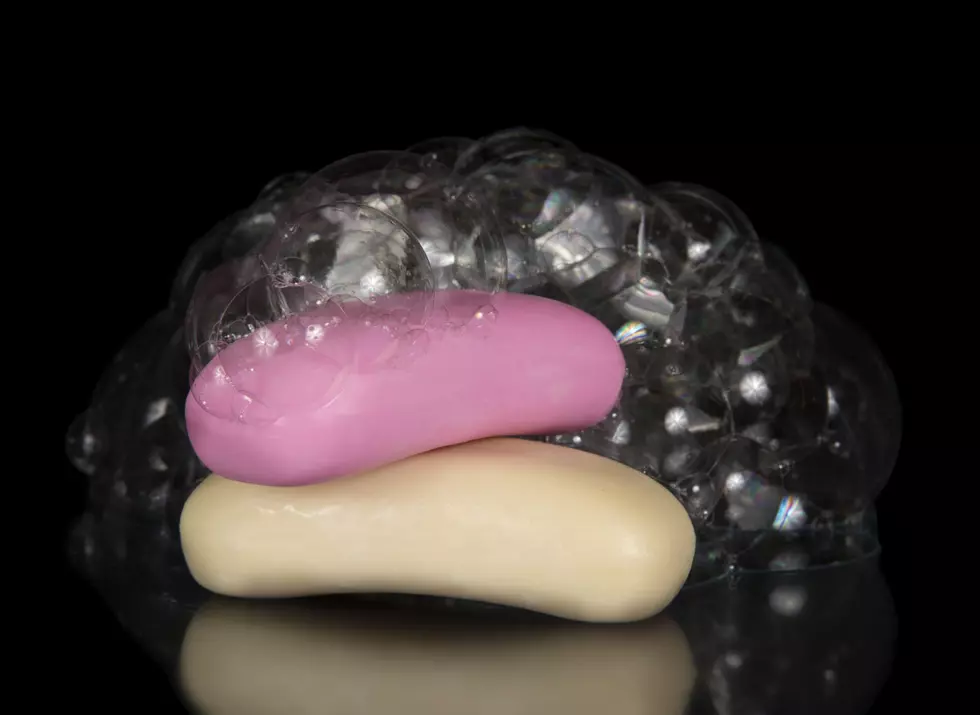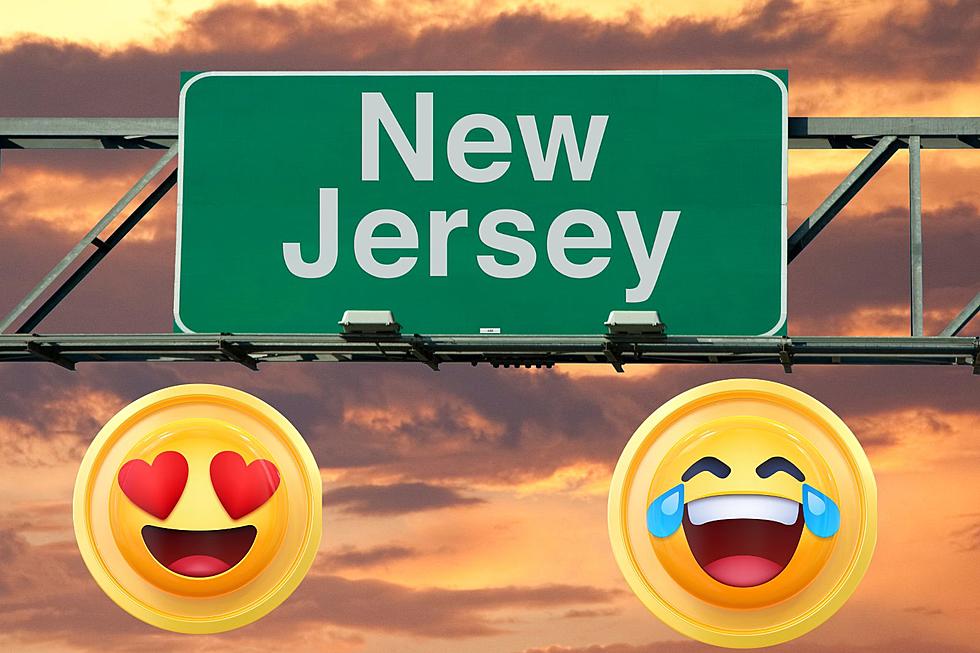
This is what led to the Newark Riots of ‘67
The current period of social unrest in the U.S. has reminded older citizens of the turbulent 60's when simmering racial tensions boiled over in several American cities, including Newark.
The Newark Riots of 1967 took place from July 12th through the 17th of that year before being brought under control by the National Guard. According to the New York Times, the “fuse” that ignited the city was a rumor that a black cab driver had been killed by Newark police inside a precinct house. The rumor was false, the cabbie had been arrested and beaten before being dragged inside.
The riots began when residents of a housing project across from the precinct station began throwing rocks. The riots didn’t really start until the next day, though, when a peaceful protest march got violent. Someone broke the precinct’s windows with a metal bar and a melee began. That’s when the looting started and Molotov cocktails were thrown through store windows, and the State Police and National Guard were sent in.
The police fought back in force over the next two days until a truce was brokered between black community leaders and New Jersey Governor Richard Hughes. The State Police and National Guard were pulled out the next day and the looting and rioting stopped. Even among the numerous riots in the country that year, the Newark riots stood out because they were so deadly: 26 lives were lost, the bulk of whom were black residents, another 700 were injured, and an estimated $10 million worth of damage (in 1967 dollars) was done.
According to NJ.com, 1,465 people were arrested, 7,917 law enforcement officers were deployed and authorities logged more than 12,000 shots fired.
The post above reflects the thoughts and observations of New Jersey 101.5 talk show host Bill Doyle. Any opinions expressed are Bill Doyle's own.
The New Normal - A Look Inside an Atlantic City Casino
More From New Jersey 101.5 FM
